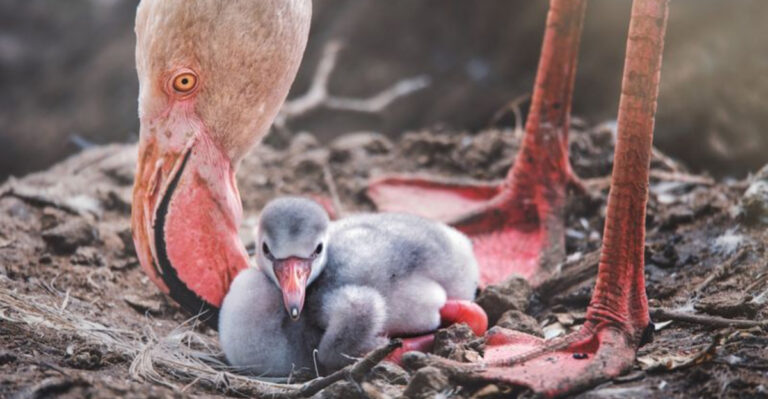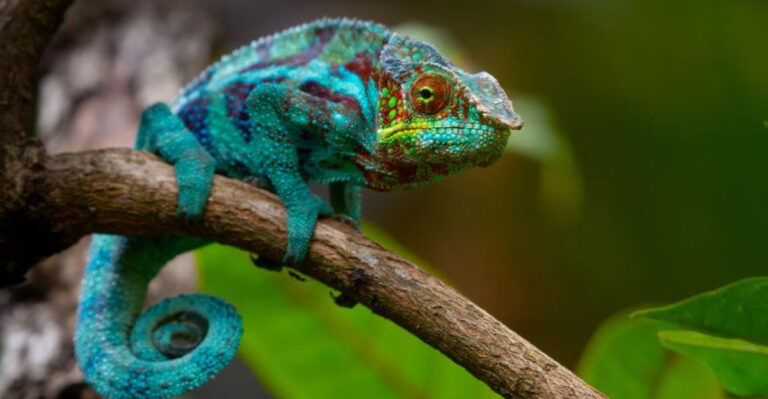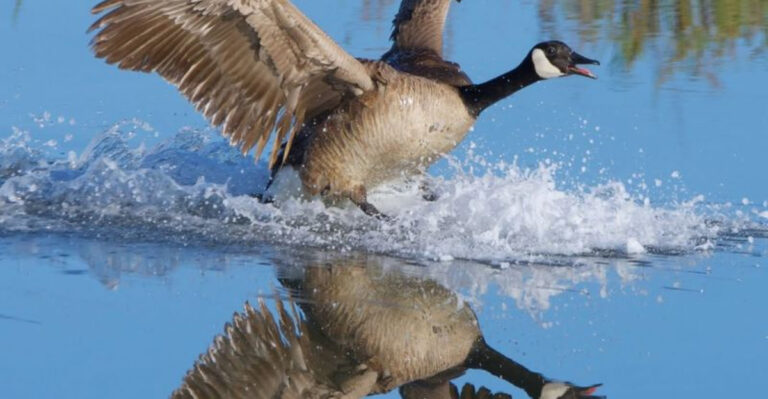Stegosaurus, An Iconic Dinosaur Of The Jurassic Period
Imagine walking through a prehistoric forest and encountering a bus-sized creature with massive plates running down its spine!
The Stegosaurus roamed Earth about 150 million years ago, becoming one of the most recognizable dinosaurs ever discovered. Despite going extinct long before humans appeared, this fascinating plant-eater continues to capture our imagination through museum displays, movies, and books.
Plate Mystery Finally Solved
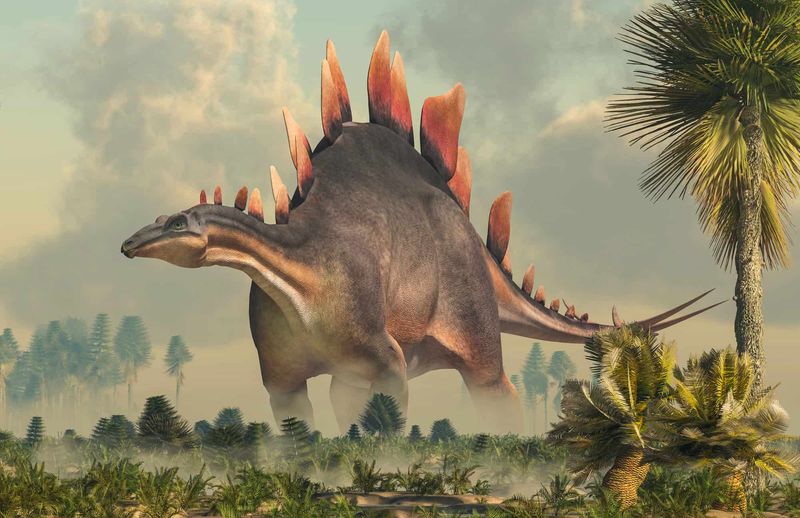
Those famous back plates weren’t for defense as scientists once thought! Research shows they actually helped regulate body temperature like a prehistoric air conditioner.
Blood vessels inside the plates could expand or contract, allowing Stegosaurus to warm up in the morning sun or cool down during hot afternoons. The plates also likely served as a flashy display to attract mates.
Walnut-Sized Brain, Big Reputation
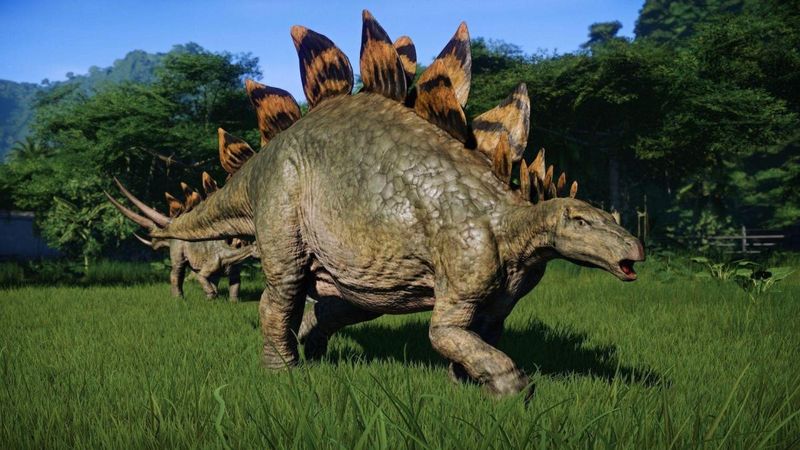
Despite weighing up to 5 tons, Stegosaurus had a brain roughly the size of a walnut! This tiny brain led to the myth that it needed a second brain in its hips to control its back legs.
Modern science has debunked this idea. The space near its hips actually held a glycogen body—similar to what modern birds have—not an extra brain. Stegosaurus wasn’t as dumb as we thought!
Thagomizer: A Tail Named By A Cartoon
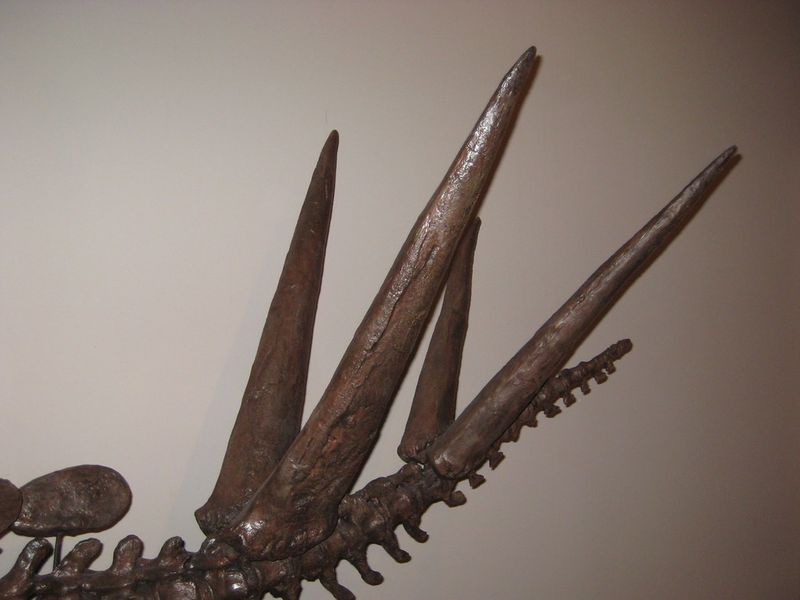
Ever heard of a thagomizer? That’s the official scientific term for Stegosaurus’ spiked tail—and it came from a 1982 Far Side cartoon by Gary Larson!
The comic showed a caveman pointing to a Stegosaurus tail during a lecture, saying it was named after “the late Thag Simmons.” Paleontologists loved the joke so much that the name stuck and is now used in scientific papers and museums.
Dinner Menu: Ferns and Low-Growing Plants Only
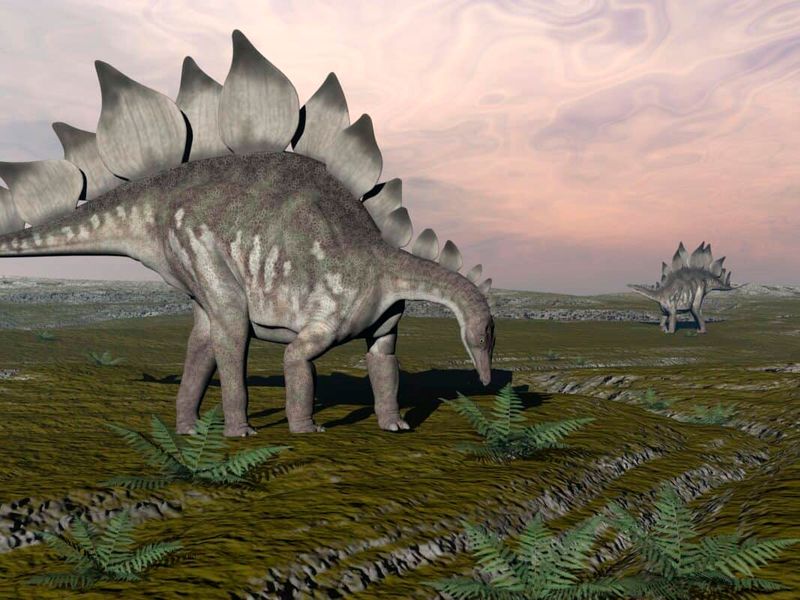
Talk about a picky eater! Stegosaurus couldn’t reach tall trees like some dinosaurs. Its head hung close to the ground, perfect for munching on ferns, mosses, and other low vegetation.
Its tiny teeth were better suited for stripping leaves than chewing, so it probably swallowed plant matter whole and let stomach stones (gastroliths) grind up the food. Imagine eating your salad without chewing it!
State Fossil Celebrity Status
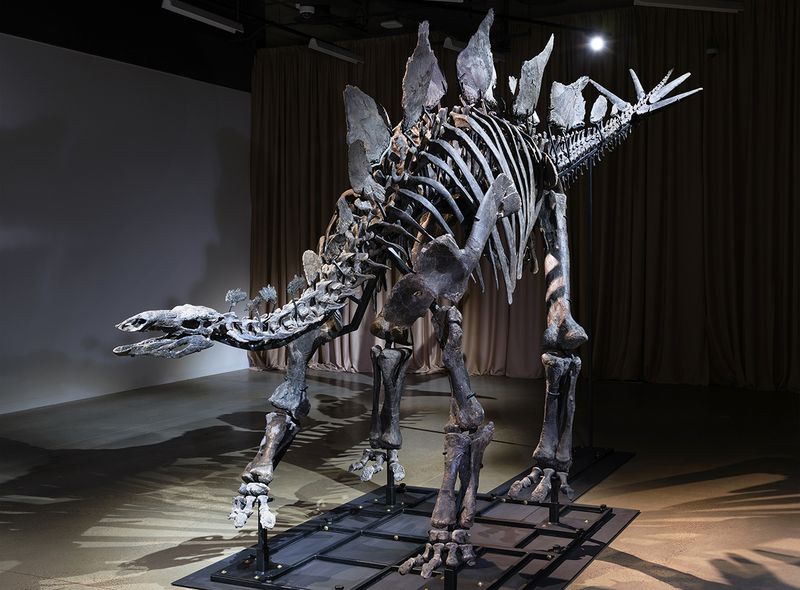
Colorado loves this dinosaur so much they made it their official state fossil in 1982! Many Stegosaurus fossils have been discovered in the Morrison Formation, which runs through Colorado, Wyoming, and Utah.
The most complete Stegosaurus skeleton ever found was nicknamed “Sophie.” Discovered in 2003 in Wyoming, this remarkable specimen is about 80% complete—extremely rare for a dinosaur this old!
Plates Arranged Like a Mohawk, Not Armor
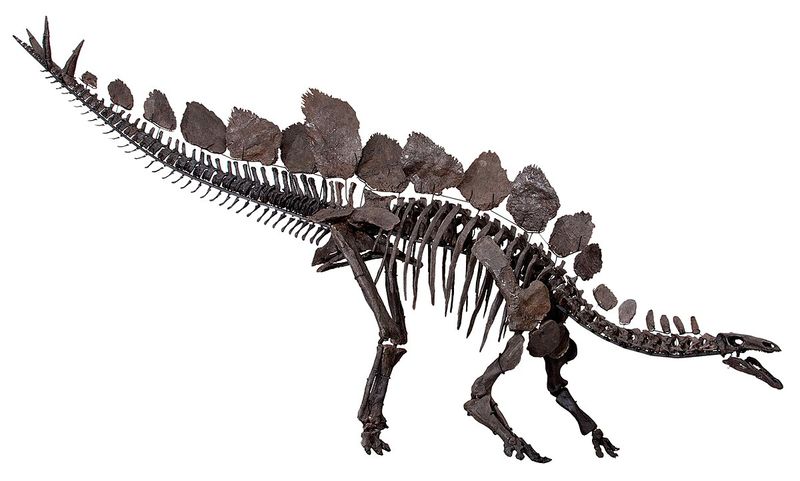
For years, scientists argued about how those famous plates were arranged. Early reconstructions showed them lying flat like armor or in paired rows.
Modern evidence proves the plates stood upright in a staggered pattern along the spine—almost like a prehistoric mohawk! This arrangement maximized surface area for temperature control and made Stegosaurus look bigger and more intimidating to predators.
Different Species, Different Sizes
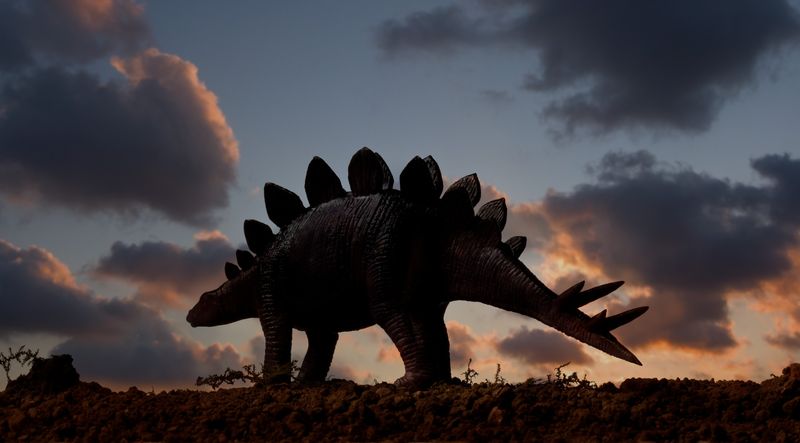
Not all Stegosaurus were created equal! Scientists have identified several species, with Stegosaurus stenops being the most well-known.
The largest species could reach lengths of 30 feet—about as long as a school bus! Smaller species were around 15-20 feet long. Weight estimates range from 2 to 5 tons, depending on the species. That’s heavier than an elephant!
Lived With Allosaurus, Its Main Predator
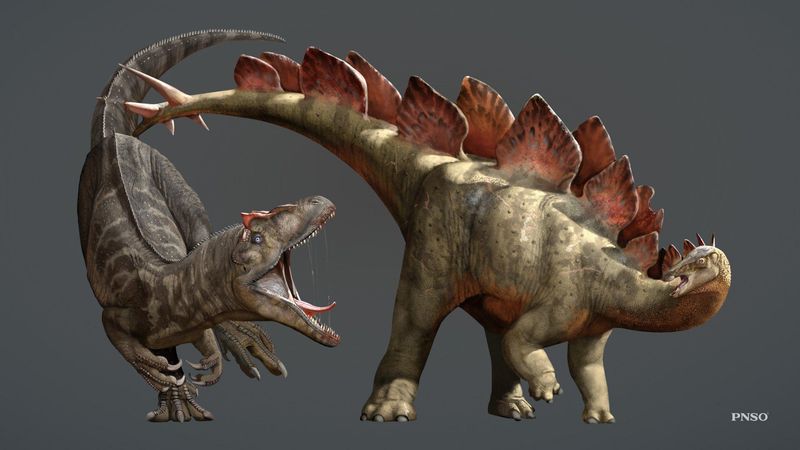
Life wasn’t easy when your neighbor wanted to eat you! Stegosaurus shared its Jurassic world with Allosaurus, a fearsome predator that regularly hunted these plate-backed herbivores.
Fossil evidence shows battle scars on Allosaurus bones that match Stegosaurus tail spikes. One Allosaurus fossil even has a puncture wound through its hip bone—proof that the thagomizer was a seriously effective weapon!
Discovered During The “Bone Wars”
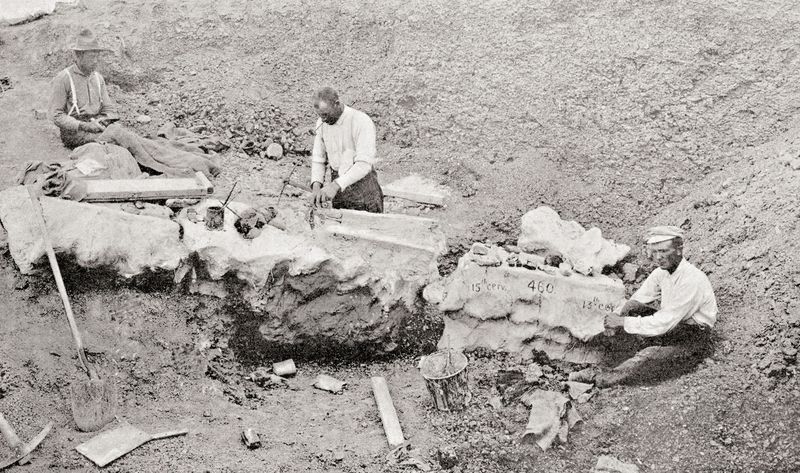
The first Stegosaurus was found during one of science’s most heated rivalries! Paleontologists Othniel Marsh and Edward Cope spent years sabotaging each other’s digs during the infamous “Bone Wars” of the late 1800s.
Marsh named and described Stegosaurus in 1877, giving him a major victory in their competition. The rivalry led to rushed, sometimes sloppy work, but also to the discovery of over 140 new dinosaur species!
Family Resemblance: Other Stegosaurs
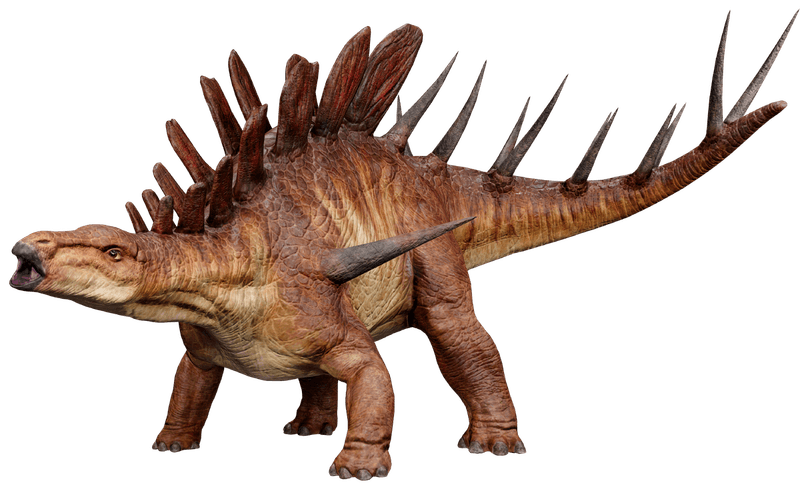
Stegosaurus wasn’t a lone wolf—it belonged to a whole family of plate-backed dinosaurs called stegosaurs! Relatives like Kentrosaurus from Africa and Huayangosaurus from China had similar features but with fascinating variations.
Some had longer spikes, different plate arrangements, or more armor. The stegosaur family thrived for over 50 million years, making them one of the most successful dinosaur groups before their mysterious disappearance.

